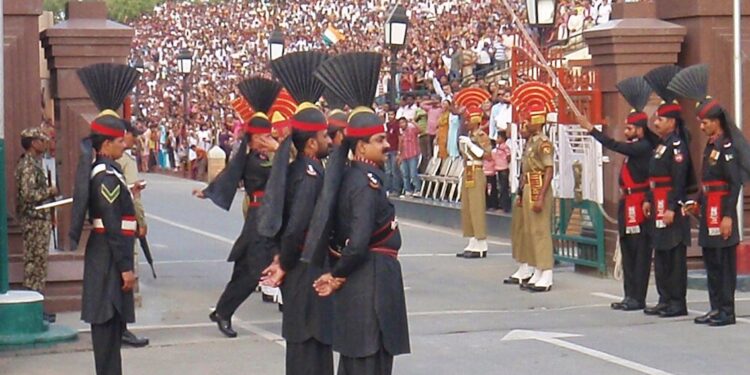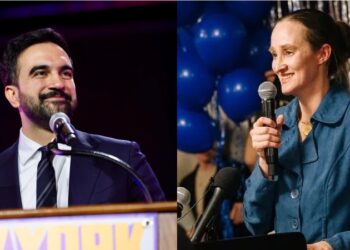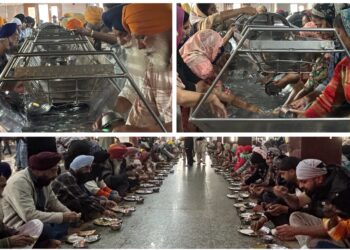Brace yourself for the annual spectacle of nationalism, patriotism, and pageantry as Pakistan and India light up August 14th and 15th with their Happy Independence Day celebrations.
It’s a tale of flags, fireworks, and festive fever, wrapped in a ribbon of nationalism and pride that stretches far beyond their borders to embrace the hearts of expatriates worldwide.
But… can I throw myself into this revelry? After all, we’re celebrating not just the independence of India and Pakistan but the gut-wrenching partition that tore apart a culturally, linguistically, and religiously intertwined family.
August 1947 wasn’t all smiles and sunshine—it was one of history’s bloodiest splits. Overnight, over 12 million people were forced to flee their homes, and over half a million lost their lives to a frenzy of communal slaughter. Families shredded, homes abandoned, trains arriving at stations loaded not with passengers but corpses. It was a catastrophe that scarred the subcontinent, a tragedy so immense that its echoes are heard loud and clear even today.
Tell me: How am I supposed to join in these Independence Day festivities when the word “freedom” feels a bit… off?
Let’s start with Pakistan—free, sure, but shackled for decades by its military generals. Since 1947, the country has been under more martial rule than civilian, and that’s before you get to the whole blasphemy law debacle. Thanks to General Zia-ul-Haq’s draconian rules, religious minorities—especially Christians—live under the constant threat of prison or even execution. Not precisely freedom!
And what about the revolving door of elected leaders? Prime ministers in Pakistan seem to have the shelf life of a carton of milk.
One day, they’re ruling; the next, they’re jetting off to Saudi Arabia or London, fleeing yet another abrupt political upheaval. Some “independence.”
Now, over to India, where the political landscape isn’t much brighter. Where the saffron wave under Narendra Modi has turned the “world’s largest democracy” into a democracy in quotation marks. Celebrating under his iron-fisted rule feels a bit like cheering for your jailer.
His reign since 2014 has seen political opponents locked up under trumped-up charges as Modi weaponizes government agencies like the Enforcement Directorate and the Central Bureau of Investigation.
India’s judiciary? Lower courts are more like Modi’s personal “yes-men” than defenders of justice.
And what’s there to celebrate when minorities—Muslims, Christians, anyone really who doesn’t fit into the Hindutva mould—are constantly living in fear of violence?
Hindutva mobs wield lathis and swords like badges of honour, beating, lynching, and uprooting anyone who dares challenge their distorted version of India. Cow killers, love jihadists, “hurt Hindu sentiments”—any excuse will do for the mob to unleash its fury.
So, where’s the joy in raising the Tricolour?
While politicians preach prosperity, the reality is that shelter, food, healthcare, and education costs have skyrocketed. Ask the millions of homeless who still live, sleep on city sidewalks, and cook simple meals on rudimentary ‘chulas’ or stoves fueled with street garbage how they feel about their ‘happy independence.’
“In the 2024 Global Hunger Index, India ranks 105th out of 127 countries. With a score of 27.3 in the 2024 Global Hunger Index, India has a level of hunger that is serious, according to the Global Hunger Index website.
Hunger, homelessness, hatred—that trifecta paints a much more sobering picture of post-British India than the one being portrayed in patriotic speeches and parades.
And yet, here we are, watching as Hindutva forces, RSS, and the ruling BJP strive for a monolithic Hindu nation. “One culture, one religion,” they chant, all while the educated youth scramble for jobs that simply don’t exist, forcing them to migrate abroad in droves.
“What independence?” Asks the community of the low caste, still shackled in the birth-inherited caste degradation. Ambekar was right: “Political liberation is meaningless unless social emancipation is achieved.”
Independence might have come 79 years ago, but the harsh realities of modern-day India are more complex to shake off.
So, how exactly do I say “Happy Independence Day” to Pakistan and India when all I can see are the glaring ironies underneath the national anthems of both nations?











